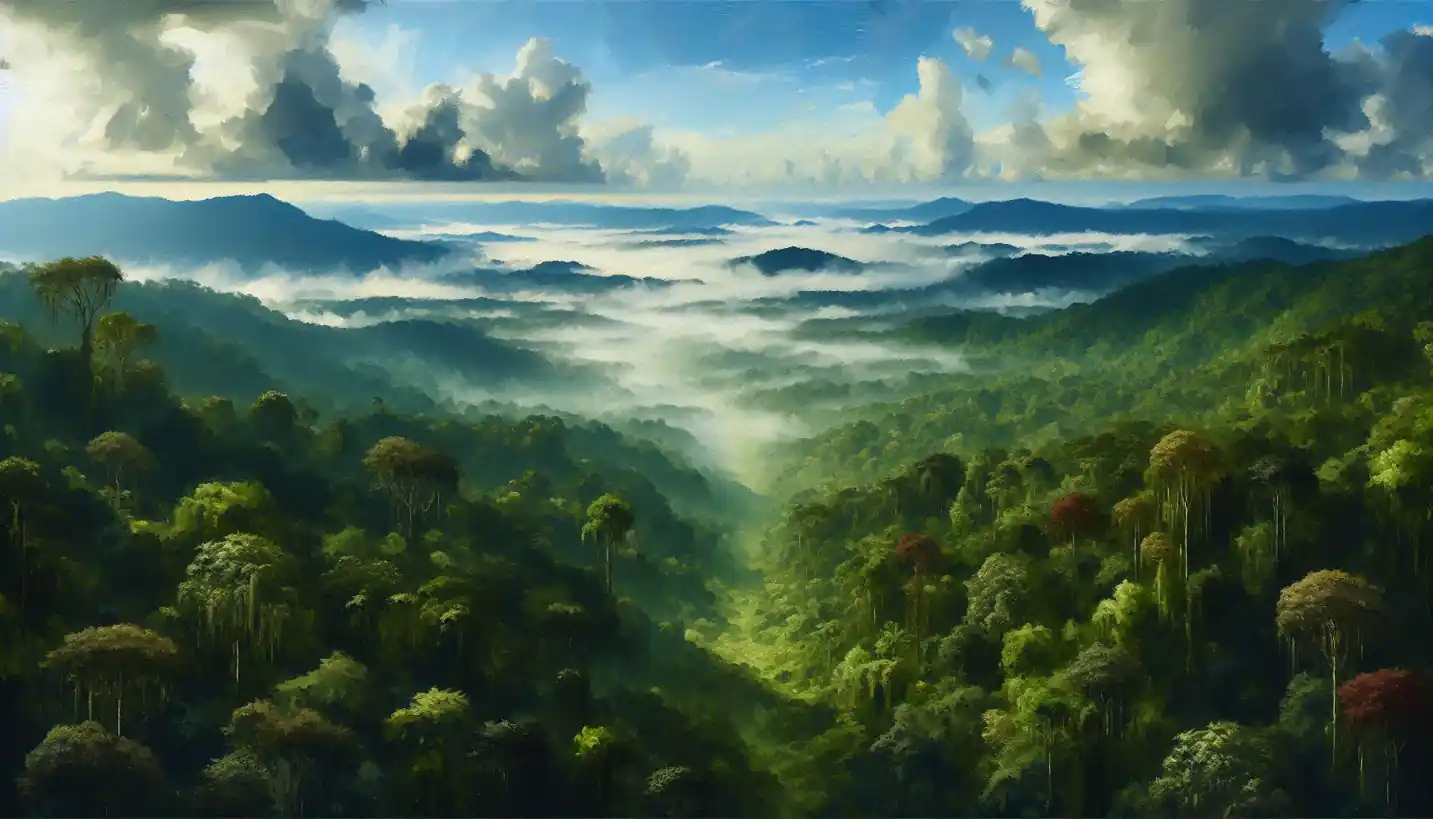· Earth Science · 4 min read
Stromatolites: Earth's Ancient Time Capsules and Astrobiology's Clues
Stromatolites are ancient time capsules, holding secrets that are crucial for understanding both Earth's history and astrobiology.

Visitors standing near the edge of a shallow lagoon might notice strange, rock-like structures just beneath the water’s shimmering surface. These aren’t just ordinary rocks; they’re stromatolites, ancient formations that could hold the answers to some of the biggest questions in earth science and astrobiology.
Stromatolites are essentially layered mounds of sedimentary rock created by the activity of microbes, particularly cyanobacteria. These microorganisms capture and bind sediment particles together, forming the structures over thousands of years. They resemble stacked pancakes, with each layer representing a moment frozen in time. You can think of them as the world’s first photographs, capturing snapshots of life as it existed billions of years ago.
A Journey Through Time
To truly appreciate stromatolites, let’s travel back nearly 3.5 billion years. At a time when Earth was a hostile place, devoid of oxygen and cloaked in toxic gases, stromatolites made their debut. It’s hard to grasp that they emerged before complex life, even before dinosaurs or lush green forests.
But what makes them truly fascinating is their role in oxygenating our planet. Cyanobacteria, the tiny architects of stromatolites, performed photosynthesis, releasing oxygen as a byproduct. This process gradually transformed Earth’s atmosphere, paving the way for more complex life forms. In essence, these humble formations played a starring role in making Earth the habitable planet it is today.
Nature’s Sculptors: How Stromatolites Form
Imagine an artist at work, using layers of paint to create a stunning landscape. Similarly, stromatolites are crafted layer by layer as microbes engage in their daily dance with the environment. Cyanobacteria sit on the surface, trapping sediments and secreting a sticky substance. Over time, this cycle forms distinct layers, each one reflecting changes in the environment.
The beauty of stromatolites lies in their simplicity. While they may not seem dynamic, they’ve adapted to various conditions, offering clues about Earth’s past climate and environments. In some modern locations, like Shark Bay in Western Australia, living stromatolites continue their patient work, providing a glimpse into ancient life.
Windows to Extraterrestrial Life
Why do astrobiologists obsess over rock formations found on Earth? It’s because stromatolites could be one of the keys to discovering life beyond our planet. If microbial life once thrived in Earth’s early, harsh environments, perhaps similar life forms could exist on Mars or other celestial bodies.
Mars, with its history of water presence, is a prime candidate. Scientists believe that if stromatolite-like structures are found on Mars, it would imply that conditions might have once been right for life to exist there. These whisperings of past life could be hiding in Martian rocks, waiting for the right tools and missions to reveal their secrets.
Detecting Ancient Life: The Challenges
Finding signs of ancient life is like solving a cosmic puzzle. Earth’s active geology has a way of erasing many clues over time. Stromatolites, with their distinct structure and chemical signatures, offer one of the best chances to understand early life.
Researchers use tools like electron microscopes and spectrometers to analyze the fine details of these formations. They look for specific patterns and chemical markers that suggest biological activity. The more we understand stromatolites here on Earth, the better equipped we are to recognize them elsewhere in the universe.
The Significance of Stromatolites Today
You might wonder why scientists are so intrigued by microbial fossils when we have the technology to explore galaxies. But stromatolites are more than just ancient relics; they are living museums that provide insights into life’s resilience and adaptability. They challenge us to rethink life’s possibilities, fueling our imagination about ecosystems beyond Earth.
Moreover, as modern stromatolites continue to form in places like Australia and the Bahamas, they serve as a baseline for understanding the limits of life. This knowledge informs not just astrobiology but environmental science, helping us understand how life might adapt to changing climates or extreme conditions.
Pondering the Future
Standing at the edge of a lagoon, staring at these ancient layers, it’s natural to ponder the future. Will we find similar formations on Mars or icy moons like Europa? If so, what stories will they tell?
The study of stromatolites—these silent storytellers—urges us to question, to explore, and to grasp the vast, interconnected web of life. They teach us that even the simplest forms can have profound impacts, shaping worlds and sparking curiosity about where life might flourish next.
As science marches on, stromatolites remain as vibrant reminders of our quest for understanding both our origins and the potential for life beyond the stars. They stand as both guideposts and questions, marking the path for the journeys yet to come.

